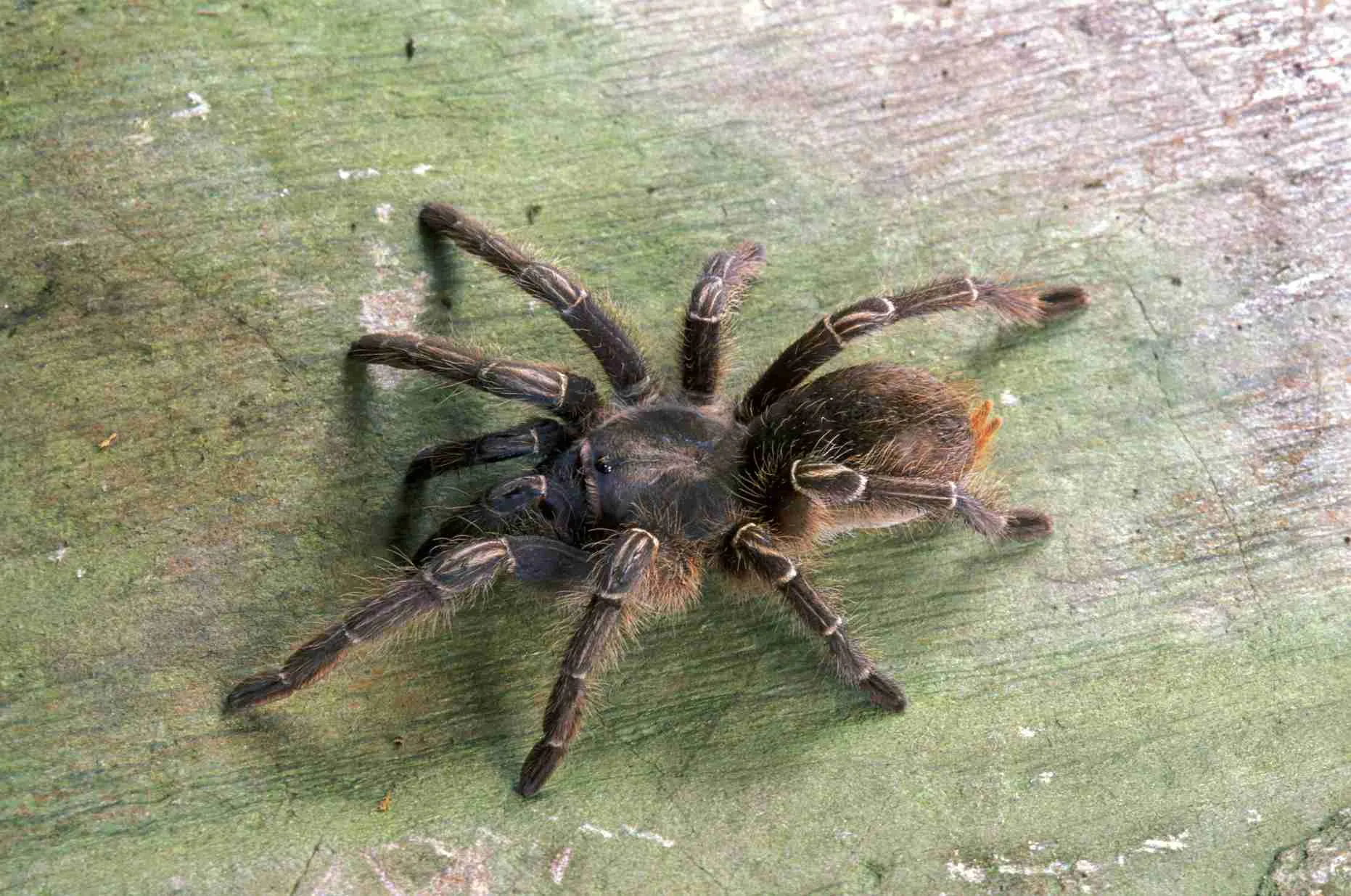What is a T Polybotes Tarantula
The T Polybotes tarantula, scientifically known as Tliltocatl polybotes, is a captivating species that has gained popularity among arachnid enthusiasts. Originating from the Oaxaca region of Mexico, these spiders are admired for their striking appearance and relatively manageable care requirements. As with any pet, potential owners should be well-informed about this tarantula species before making a decision. Understanding their needs, behavior, and habitat is crucial for providing a healthy and enriching life for these fascinating creatures. This guide will provide you with essential facts, insights into their care, and fascinating details about this unique tarantula.
Origin and Habitat
The T Polybotes tarantula’s natural habitat is a significant factor in understanding its care needs. Native to the arid and semi-arid regions of Oaxaca, Mexico, these tarantulas have adapted to a specific environment. They are terrestrial spiders, meaning they spend most of their time on the ground, often inhabiting burrows or seeking shelter under rocks and within the roots of plants. The climate in Oaxaca is characterized by distinct dry and rainy seasons, which the tarantulas’ behaviors and life cycles are influenced by. Replicating their natural environment is key to the health and well-being of a captive T Polybotes.
Appearance and Characteristics
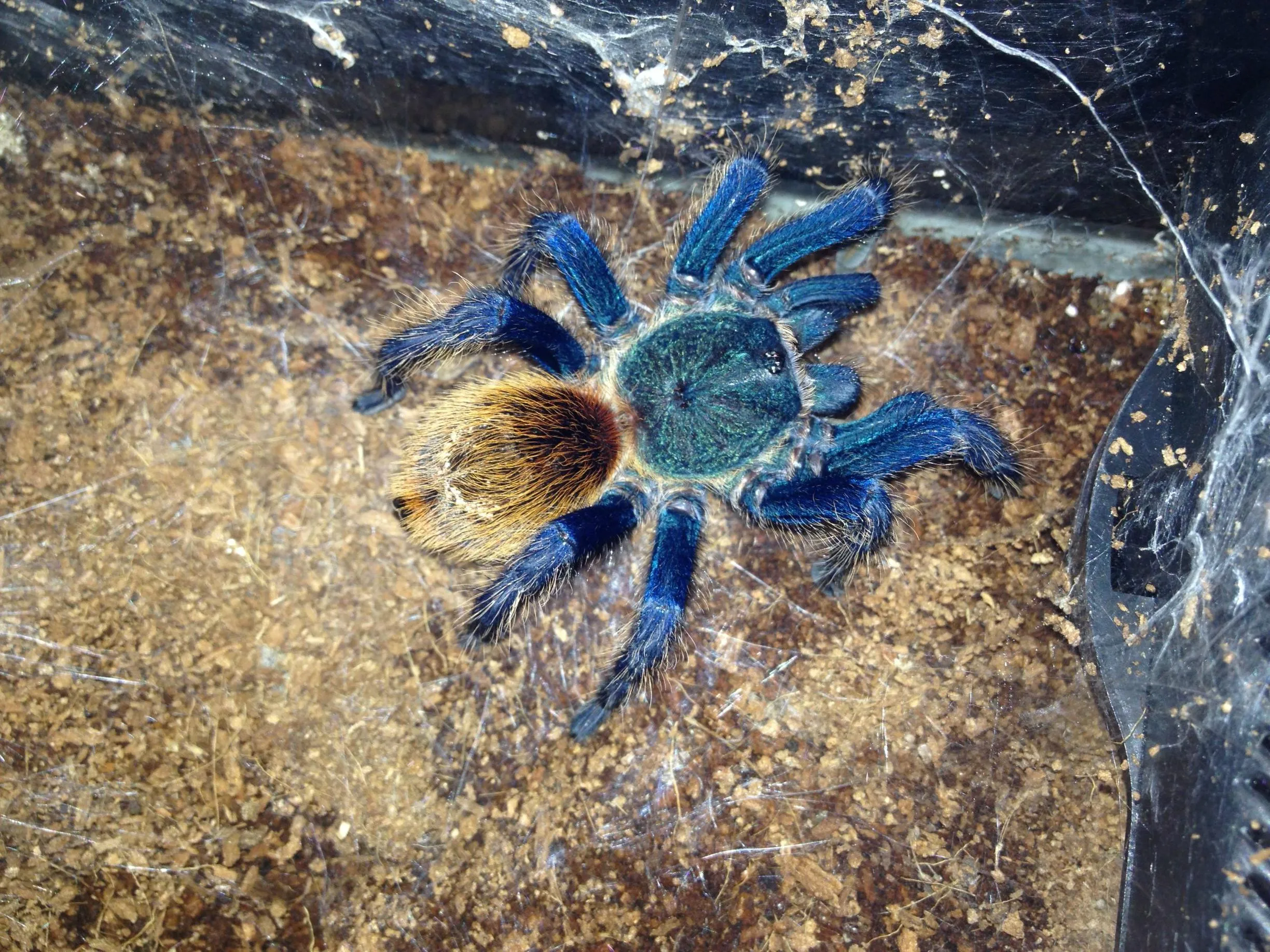
T Polybotes tarantulas are known for their attractive appearance. They typically display a combination of dark colors, with shades of black, brown, and sometimes hints of orange or reddish hues on their carapace and legs. Their bodies are covered in fine hairs, which give them a velvety texture. These tarantulas are not particularly large compared to some other species. A mature female T Polybotes can reach a leg span of approximately 5 to 6 inches (12.7 to 15.2 cm), while males are often smaller. Their physical characteristics, including their size, color, and overall appearance, are key to their identification and appreciation.
Unique Behaviors
The T Polybotes tarantula exhibits unique behaviors that add to its allure. These spiders are generally considered to be relatively docile, making them a good choice for beginner tarantula keepers. However, like all tarantulas, they can be defensive if they feel threatened. They may flick urticating hairs from their abdomen as a defense mechanism, which can cause skin irritation. The T Polybotes, is a nocturnal species, meaning it is most active during the night. They are ambush predators, waiting patiently for prey to come within reach. Understanding their behavior is critical for providing a suitable environment and for safe handling.
Care and Handling
Creating the Ideal Habitat
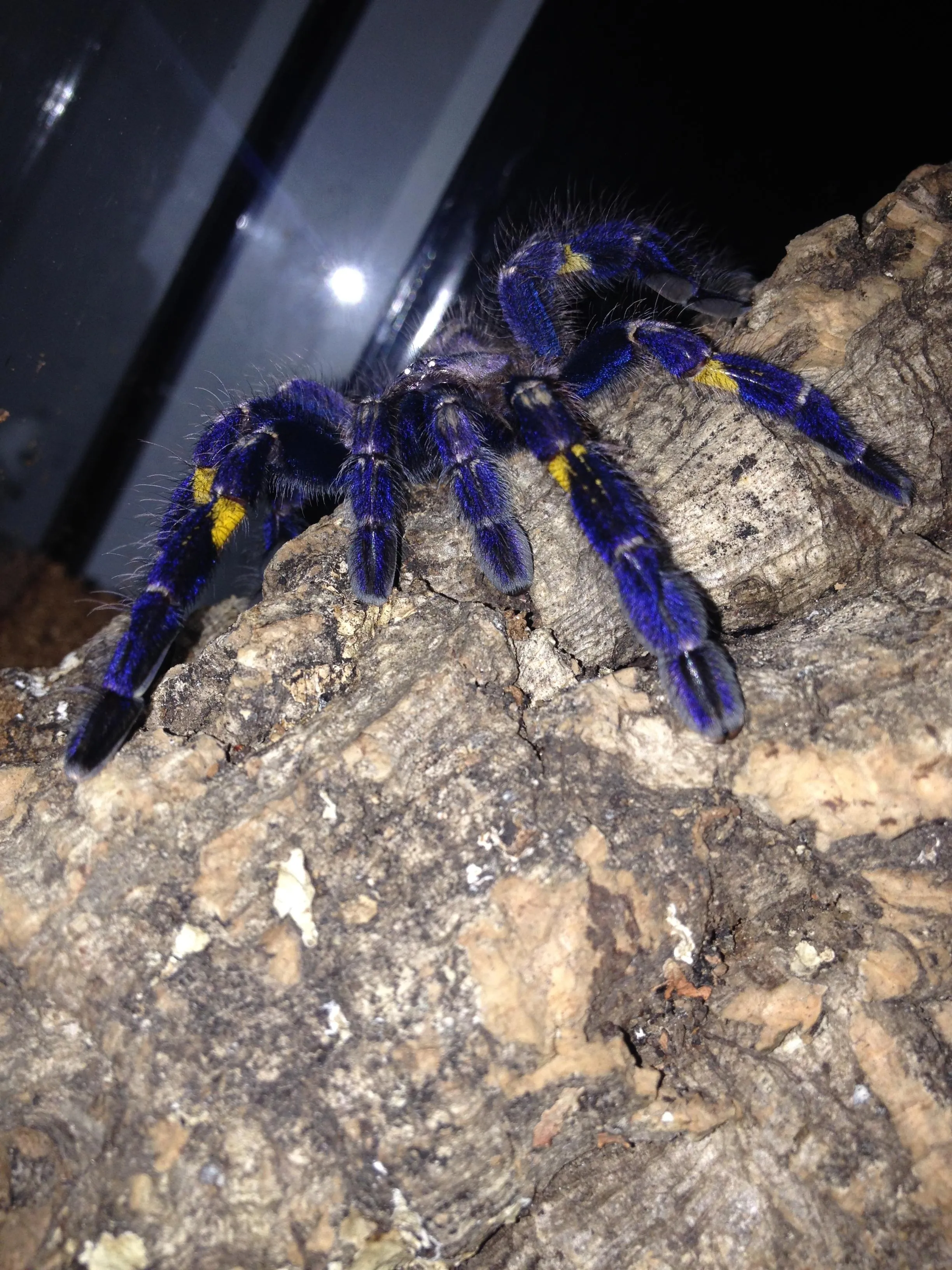
Creating the ideal habitat for a T Polybotes tarantula involves several key factors. A suitable enclosure should be large enough to allow the tarantula to move comfortably, with a minimum size of 10 gallons for an adult. The enclosure should have a secure lid to prevent escape. The substrate should be composed of a mixture of coconut fiber, peat moss, and a small amount of vermiculite to hold moisture. Proper ventilation is essential to prevent mold growth, but the enclosure should also retain some humidity. Hiding places, such as cork bark or artificial plants, should be provided to allow the tarantula to feel secure. A shallow water dish should always be available.
Feeding and Diet
Feeding a T Polybotes tarantula is relatively straightforward. These spiders are insectivores, and their diet should consist primarily of insects such as crickets, mealworms, and dubia roaches. The size of the prey should be appropriate for the size of the tarantula. Juveniles should be fed more frequently, around two to three times a week, while adults can be fed once or twice a week. It is essential to remove uneaten prey from the enclosure to prevent them from stressing the tarantula. A small amount of food should be given to the tarantula, to be sure the tarantula will be eating it.
Health and Common Issues
Like all living creatures, T Polybotes tarantulas can be susceptible to health issues. One of the most common concerns is dehydration, which can be prevented by ensuring a constant supply of fresh water. Molting problems can also occur, especially if the humidity levels are not correct. It is important to monitor the tarantula for signs of illness, such as lethargy, loss of appetite, or unusual behaviors. Parasites can be a problem, but they are rare in captive-bred tarantulas. Regular observation and the correct care will help to detect and prevent any potential problems. If you suspect any health issues, consult with a veterinarian experienced in exotic animals.
Lifespan and Breeding
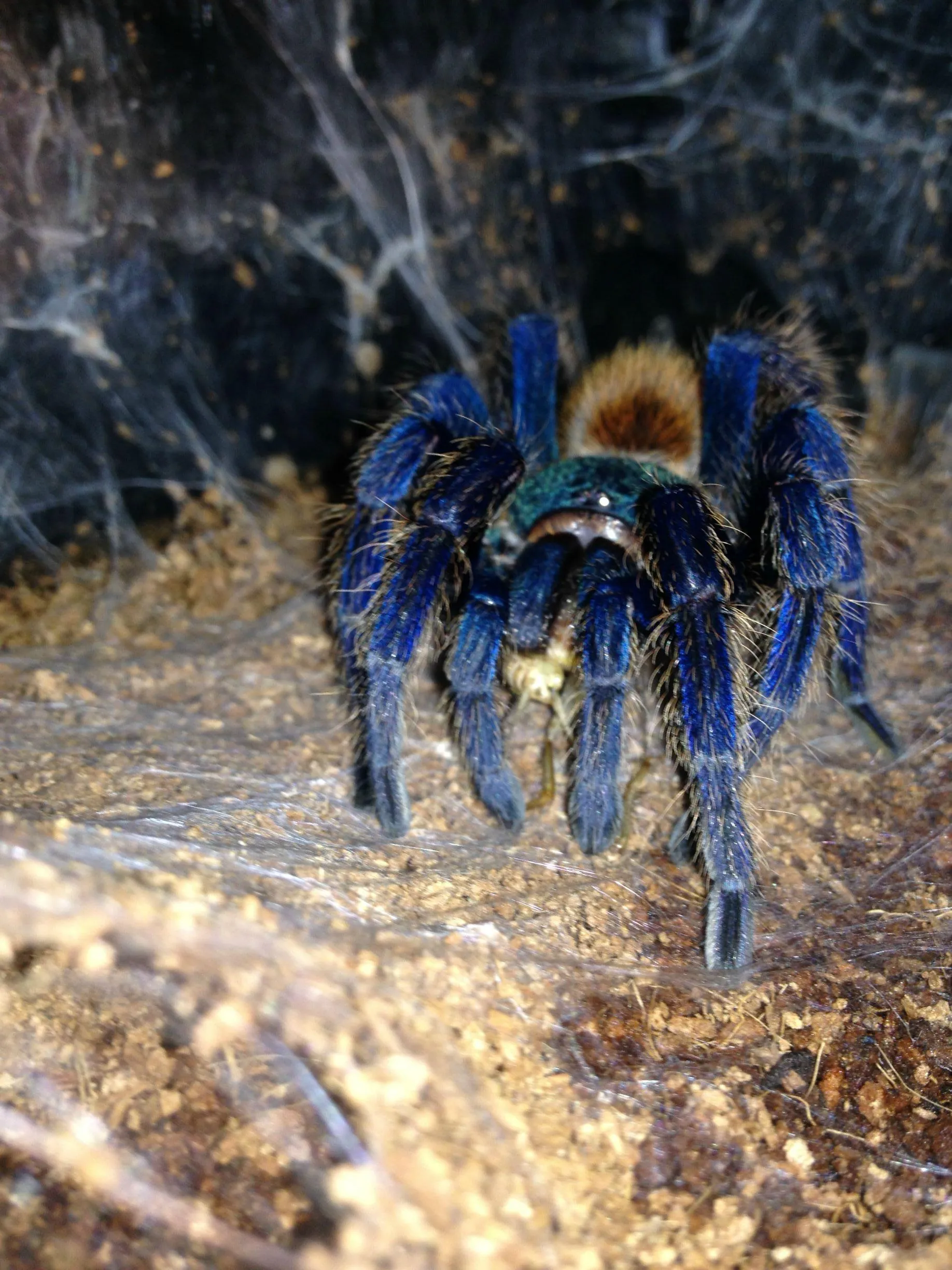
Lifespan of a T Polybotes Tarantula
The lifespan of a T Polybotes tarantula varies depending on the sex. Females tend to live longer than males. Female T Polybotes can live for 10 to 15 years or even longer under optimal care. Males, on the other hand, have a shorter lifespan, typically living for only 3 to 5 years after reaching maturity. The lifespan of the tarantula is impacted by factors such as diet, habitat conditions, and overall health. Providing appropriate care can increase the lifespan of your tarantula, allowing you to enjoy it for a longer period.
Breeding Considerations
Breeding T Polybotes tarantulas can be a rewarding but also challenging endeavor. It is important to have a good understanding of the species and its needs before attempting to breed them. Successful breeding often involves creating an environment that mimics the natural breeding conditions. The female should be well-fed and in good health. The male tarantula will need to be introduced to the female’s enclosure, and the process should be closely supervised to prevent the male from being eaten. After mating, the female will produce an egg sac containing hundreds of eggs. This sac will need to be cared for and monitored. Breeding tarantulas is not for beginners, and requires significant research and experience.
Conservation Status
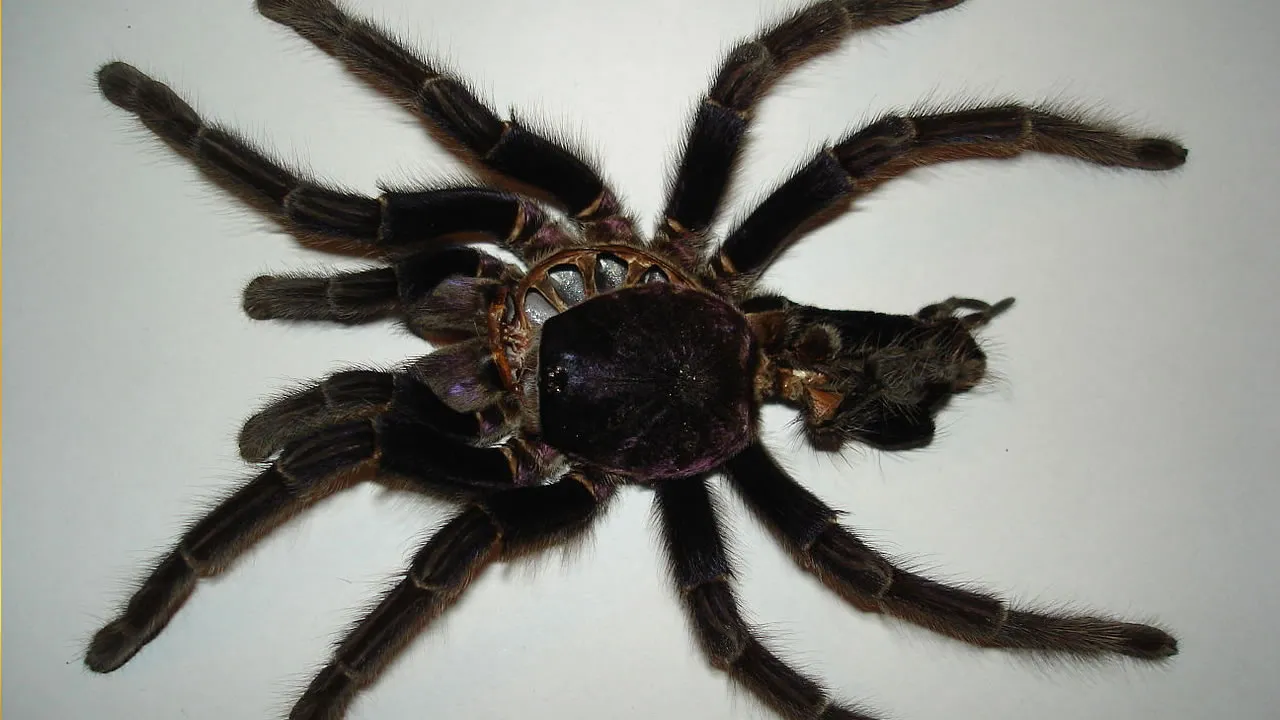
The conservation status of the T Polybotes tarantula is important to consider. Currently, the species is not listed as endangered or threatened. However, monitoring their population is essential to ensure that they are not impacted by habitat destruction or overcollection. As with all exotic species, responsible pet ownership and ethical sourcing are crucial for conservation efforts. Choosing to purchase captive-bred tarantulas supports sustainable practices and helps to protect wild populations. Supporting conservation efforts will help secure the future of this amazing species.
In conclusion, the T Polybotes tarantula makes a great addition to any collection. This species will provide endless fascination for any owner who is looking for a new pet.
